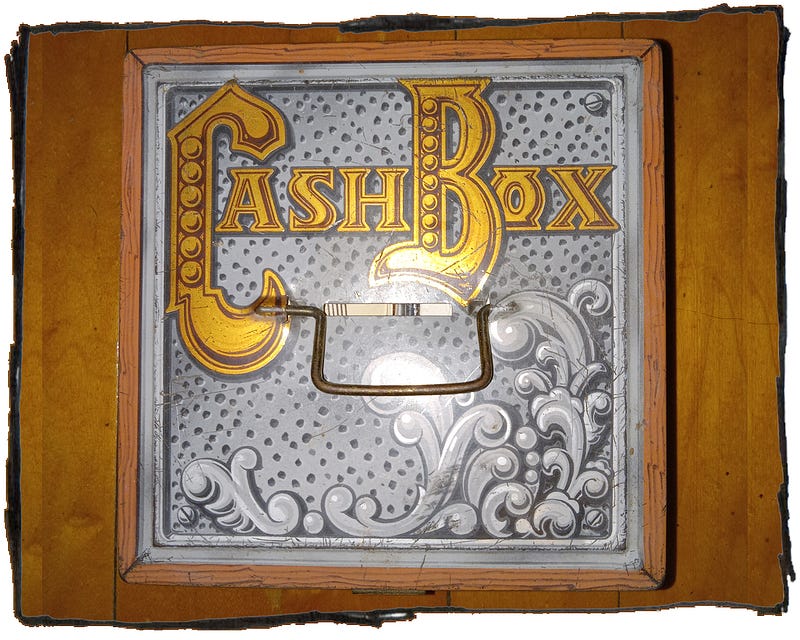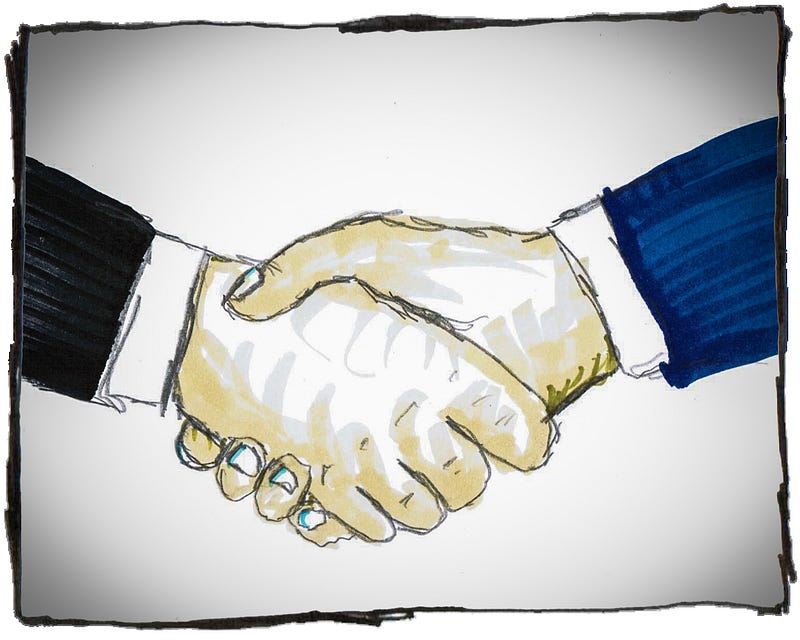Transforming Frustration into a Pathway for Growth and Happiness
Written on
Chapter 1: The Key to Self-Discovery
As a child, I vividly recall an entire afternoon spent searching for a lost key that secured my cash box, where I stored my modest savings and treasured items. Losing that key felt akin to misplacing my wallet.
I frantically rummaged through drawers, emptied my closet, and even checked the sofa cushions. In my desperation, I unjustly blamed my mother for the loss. As I searched, my frustration mounted to unbearable levels, almost as if I sensed the key was within reach, yet invisible to me.
Eventually, I turned to the last place I would have thought to look. The key was nestled snugly in my own right hand, concealed by my clenched fist.
Much of my frustration stemmed from my unwillingness to use my fingers properly during the search. I had stubbornly pounded my knuckles against the back of drawers, all the while holding the very object I sought.
The realization was harsh: I had no one to fault for my folly but myself. I had stoked the flames of anger, and with every bit of energy I fed into it, I drifted further from my goal.
Often, finding calm amidst agitation simply requires yielding to reason. With age, I’ve come to appreciate the art of subtlety over raw force, though I must remain vigilant in staying the course.

Chapter 2: The Challenges of Impulsive Decisions
I wish I could say that mistaking my key for something lost was the most embarrassing moment of my life. Sadly, it's probably not even in my top hundred.
We often become our own worst adversaries. Even now, I am troubled by my impulsive reactions. Thoughts can snap shut like a bear trap, making it incredibly challenging to let go of even self-destructive beliefs.
When we welcomed our puppy, I mistakenly believed he triggered my children's allergies. Though that was not true, I was convinced for a time that the puppy needed to go. Fortunately, I managed to challenge this belief, yet it exposed some flaws in my reasoning.
I recognized that my emotional drive to “protect my children” could lead to actions that inflicted more harm than good. It became clear that good intentions alone cannot shield you from unintentionally activating self-destructive patterns.
Now, our dog is a source of joy, and he constantly reminds me of my susceptibility to rigid thinking.

Chapter 3: Developing a Personal Accountability Strategy
The quest for a constructive approach to conflict resolution has lingered in my mind since that day I lost my cash box key. We’ve all faced disagreements that spiraled out of control, damaging relationships in the process. Over time, I've devised new strategies to address such challenges.
At around 18, I felt a strong need to alter the course of my life. After experiencing several seemingly insurmountable conflicts, I grew tired of feeling powerless. I believed there had to be a better way, prompting me to reassess my foundational beliefs.

Chapter 4: The Dilemma of Reconciliation
Resolving conflicts necessitates a degree of vulnerability, which can feel risky. Consider this: the potential for resolution is akin to a weapon that can only be wielded if one party relinquishes control to the other. Once you give up that power, you cannot predict whether it will be used to resolve the conflict or turned against you.
When trust is lacking, the means to resolve issues become inaccessible to both parties. My solution to this conundrum was to divide the weapon into manageable pieces. Instead of offering a sword, I would present a butter knife. If my opponent used it against the conflict, we could progress. If they turned it against me, the damage would be minimal.
I implemented this strategy by assigning a “blame percentage.” Acknowledging my imperfections was not a concession; rather, it was a step toward progress. By identifying and apologizing for my mistakes, I could move forward.
Focusing on blame percentages allowed me to shift my perspective from suspicion of my opponent's motives to recognizing my own faults. When I identified these errors, I would apologize without disclosing my assigned “blame percentage.” Often, I’d think, “I may be only 1% at fault, but I still need to take responsibility.”
It’s unnecessary to feel entirely accountable for a conflict; acknowledging your share is sufficient. Gradually, this strategy helped minimize my exposure while navigating disputes. I transformed the sword into a butter knife, and after the first cut, I would know if we could confront the issue together.

Chapter 5: Insights into Human Nature
I discovered that many people are taken aback when you extend an apology; they often lack the tools to handle it. Sometimes, it diffuses tension like a balloon popping. Their relief may prompt them to apologize in return, leading to a mutual acknowledgment of mistakes.
This interaction can rapidly dismantle the conflict, paving the way for deeper connections.
However, not everyone responds positively. Some individuals react to your apology with further criticism, unwilling to recognize their contributions. They might demand a sword instead of a butter knife, expressing frustration at your vulnerability.
In such cases, my only recourse is to walk away. You’ve done your part by apologizing. If your vulnerability is met with another attack, you've learned what you need to know about the relationship.

Chapter 6: Embracing Finesse Over Confrontation
Today, I no longer rely on assigning “blame percentages” to ease my ego. Instead, I swiftly identify my mistakes and take responsibility for them. This approach has proven to be the quickest route back to the harmonious life I desire.
While I am surrounded by trusted individuals, there are still times when I must encourage myself to act rightly.
When you suspect that the key you seek is hidden within your clenched fist, remember that you don’t need to open all your fingers at once. Simply lifting the pinky allows you to glimpse a portion of the truth.
Frustration is often a sign that you are expending energy resisting rational thought. You can either exhaust yourself in futile anger or learn to embrace the flow of reason. When searching for the key to self-discovery, don’t forget to first look in the palm of your own hand.
The Obstacle IS the Path: How to Use Adversity to Your Advantage
This video explores how challenges can lead to personal growth and resilience. Learn how to turn obstacles into opportunities on your journey to self-improvement.
The Obstacle Is the Way | Stoic Philosophy Explained
Discover the principles of Stoic philosophy in this insightful video, which explains how embracing obstacles can lead to a more fulfilling life.